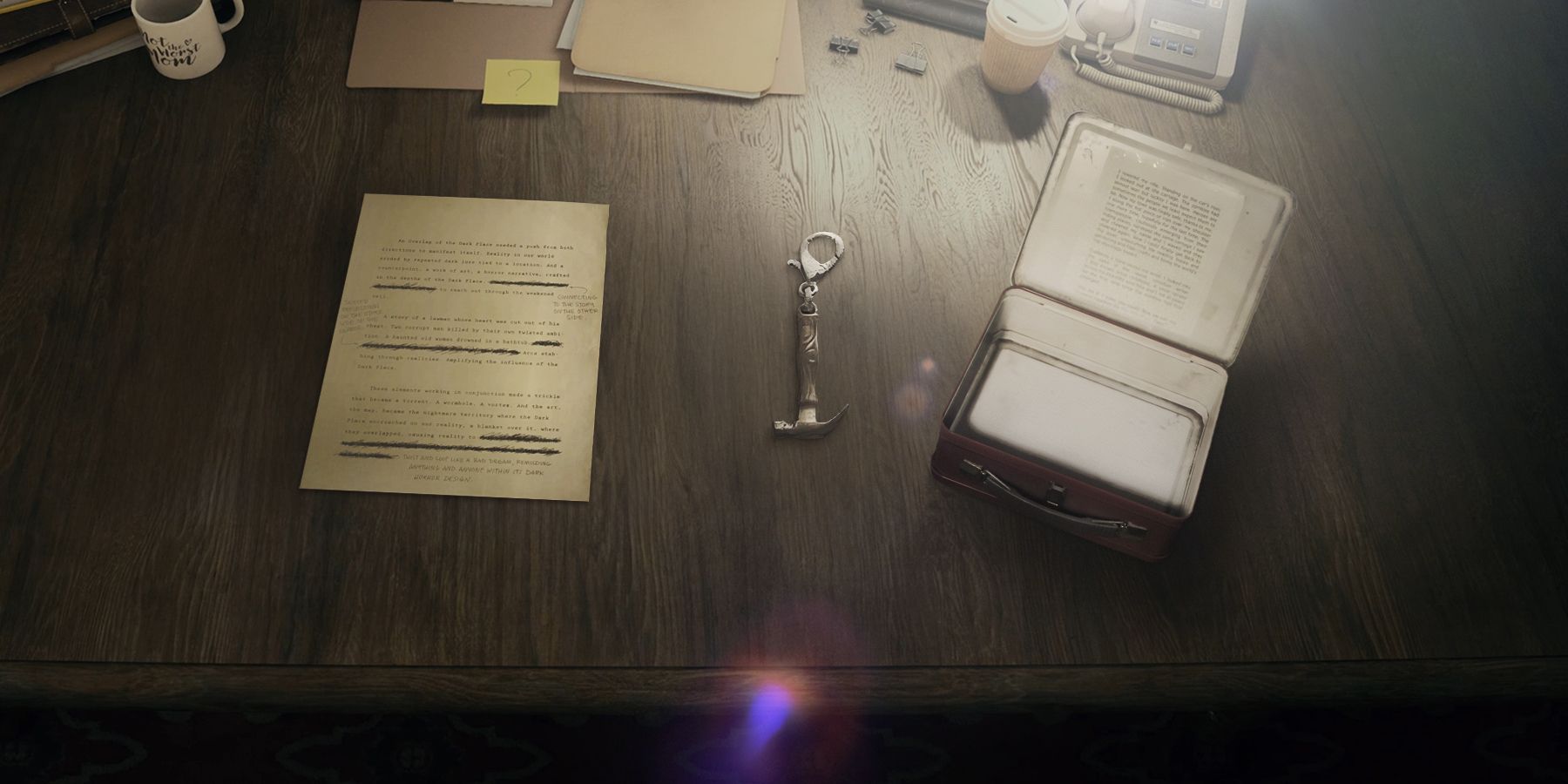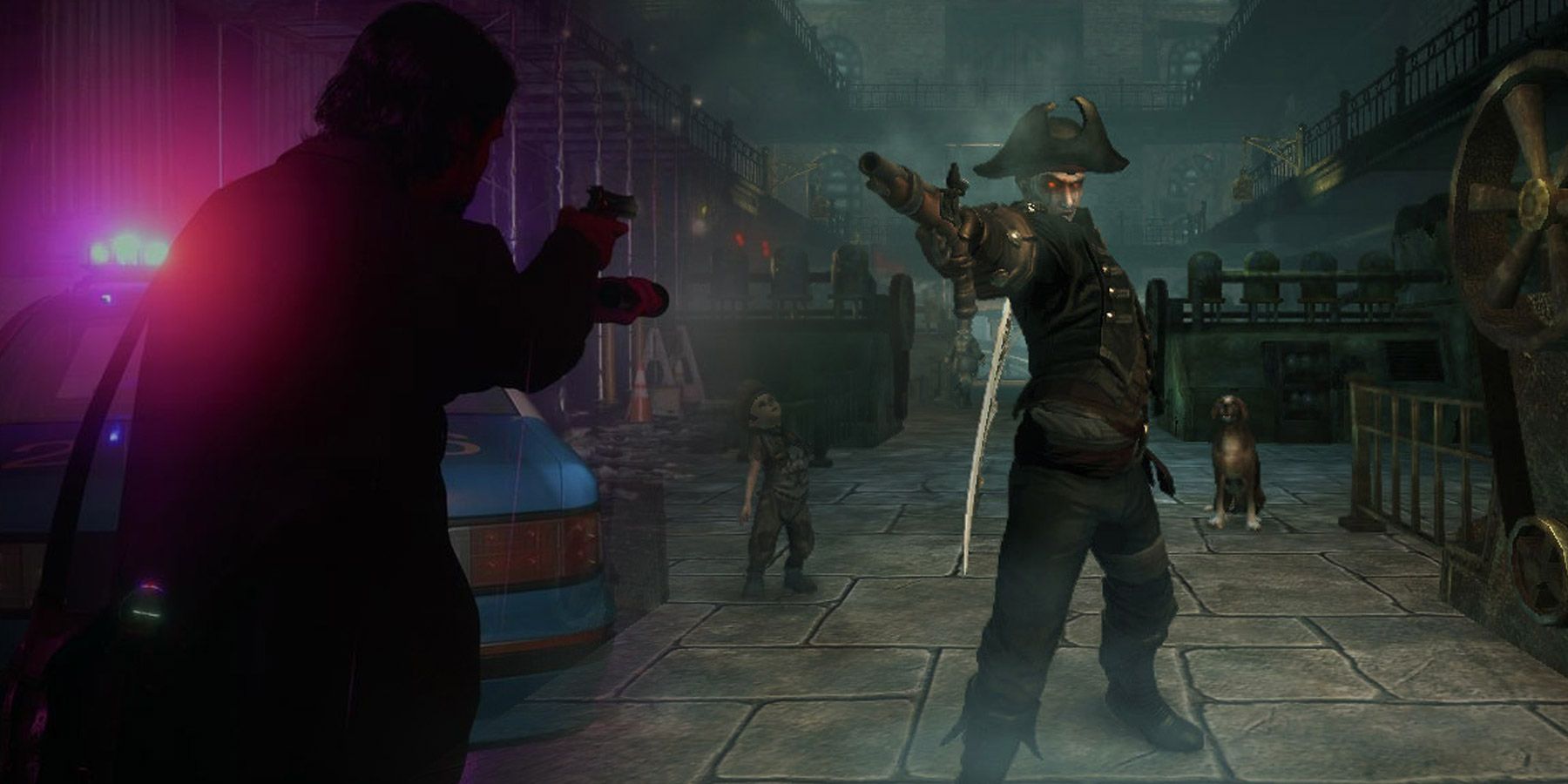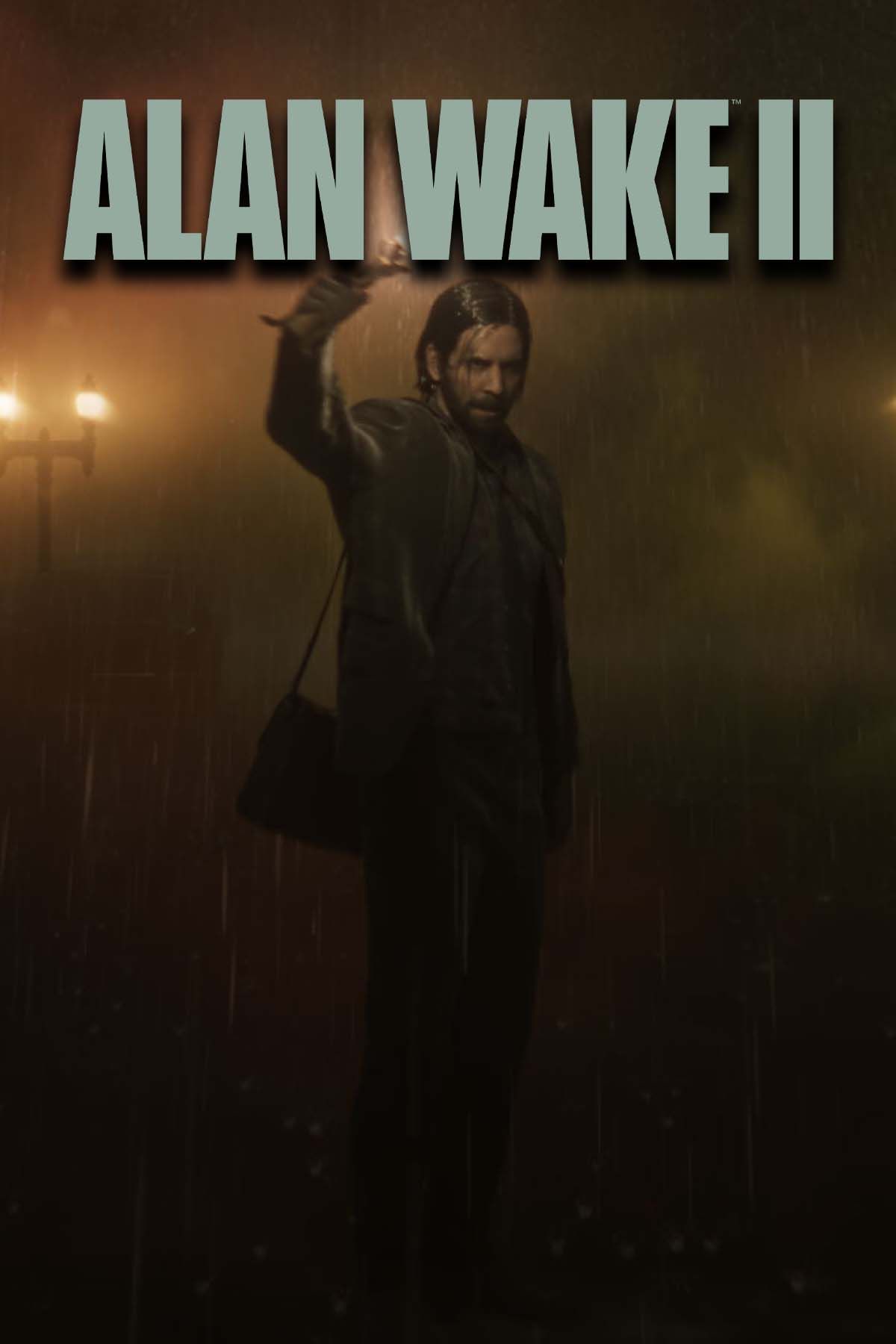Highlights
- Alan Wake 2 has been praised for its panache, striking game direction, use of music, and creative storytelling.
- The game draws inspiration from Fable 3, particularly in its use of a highly interactive pause menu that allows players to access collectibles, maps, and upgrades.
- Alan Wake 2 improves upon Fable 3's concept by refining the gameplay mechanic, benefiting from modern technology that makes loading almost instantaneous.
Alan Wake 2 is not a game that has been waiting for praise. Since its release back in October, the title has been applauded for its panache, striking game direction, use of music, and creative storytelling. Interestingly enough, the game actually has a major feature in common with the controversial Fable 3, the last major title from Lionhead Studios.
When Lionhead released Fable 3, it left many fans of the series somewhat perplexed. While the previous two Fable games were more open-ended and followed traditional RPG archetypes, Fable 3 was more linear, with a greater emphasis on its main story, complete with a spoken, pre-defined protagonist. Along with these redesigned elements were changes to the core gameplay and features of the game, with a good number of them being rather experimental for the time. Thirteen years later, fellow experimental game Alan Wake 2 seems to draw from the same well of inspiration when it comes to one mechanic.

Alan Wake 2 Sets a New Standard For Video Game Collectibles
Alan Wake 2 does many impressive things with its narrative and live action elements, but its use of collectibles raises the bar for the industry.
Alan Wake 2's Mind Place/Writer's Room Vs. Fable 3's Sanctuary
The Mind Place is a key component of Alan Wake 2, as it helps players make sense of the game's complex plot in a canonical, immersive way. In the Mind Place (which is mirrored in the Writer's Room for Alan Wake's missions), Saga can piece together key plot points, but she can also view collectibles, examine maps, and manage her upgrades, making it a sort of highly interactive pause menu (although accessing it doesn't actually pause the game).
Those familiar with Fable 3 may note that this sounds remarkably similar to the Sanctuary. The Sanctuary is a sort of headquarters for the player in Fable 3, replacing the typical pause menu UI with a fully interactive, in-universe location that can be explored. In this area, players can access Fable 3's customization options, change gear, manage upgrades, and more, all while enjoying a lore-friendly and engaging in-game location. However, the Sanctuary was not nearly as well-received as Alan Wake's Mind Place or Writer's Room.
Fable 3 Walked So Alan Wake 2 Could Run
Despite being released thirteen years prior to Alan Wake 2 (in the same year the first Alan Wake released, incidentally), Fable 3 is actually far more extensive when it comes to the capabilities of its immersive pause menu. Some features of the Sanctuary that aren't shared with the Mind Place or Writer's Room include:
- An armory displaying all the player's collected weapons
- A wardrobe with the player's clothes
- A treasury that visually represents the player's current wealth
- A wall tracking the player's achievements
Sadly, this system, like many of the Fable series' mechanics, was a bit too ambitious for its own good. As its novelty wore off, the Sanctuary wound up feeling more like a roadblock for many players, as it could seem like an unnecessarily slower version of a traditional pause screen. The technical limitations of 2010 gaming hardware have to be mentioned here, as loading a completely different environment took substantially longer than it does today. The problem isn't helped by the fact that the Sanctuary is actually comprised of several disparate rooms, making simple tasks like changing weapons and outfits sluggish and arduous.
Enter Alan Wake 2, two console generations later. Remedy's 2023 survival horror game refines the concept of the Sanctuary, with some help from modern technology that makes loading almost instantaneous. Advanced hardware and a solid vision allow the Mind Place and Writer's Room to enhance Alan Wake 2's strong narrative, as they keep players in the game's universe without hurting the overall gaming experience. When the Fable reboot eventually releases, perhaps it could reintroduce the Sanctuary, leveraging modern hardware and learning from both its predecessor and Alan Wake 2 to secure a unique and intriguing feature.




